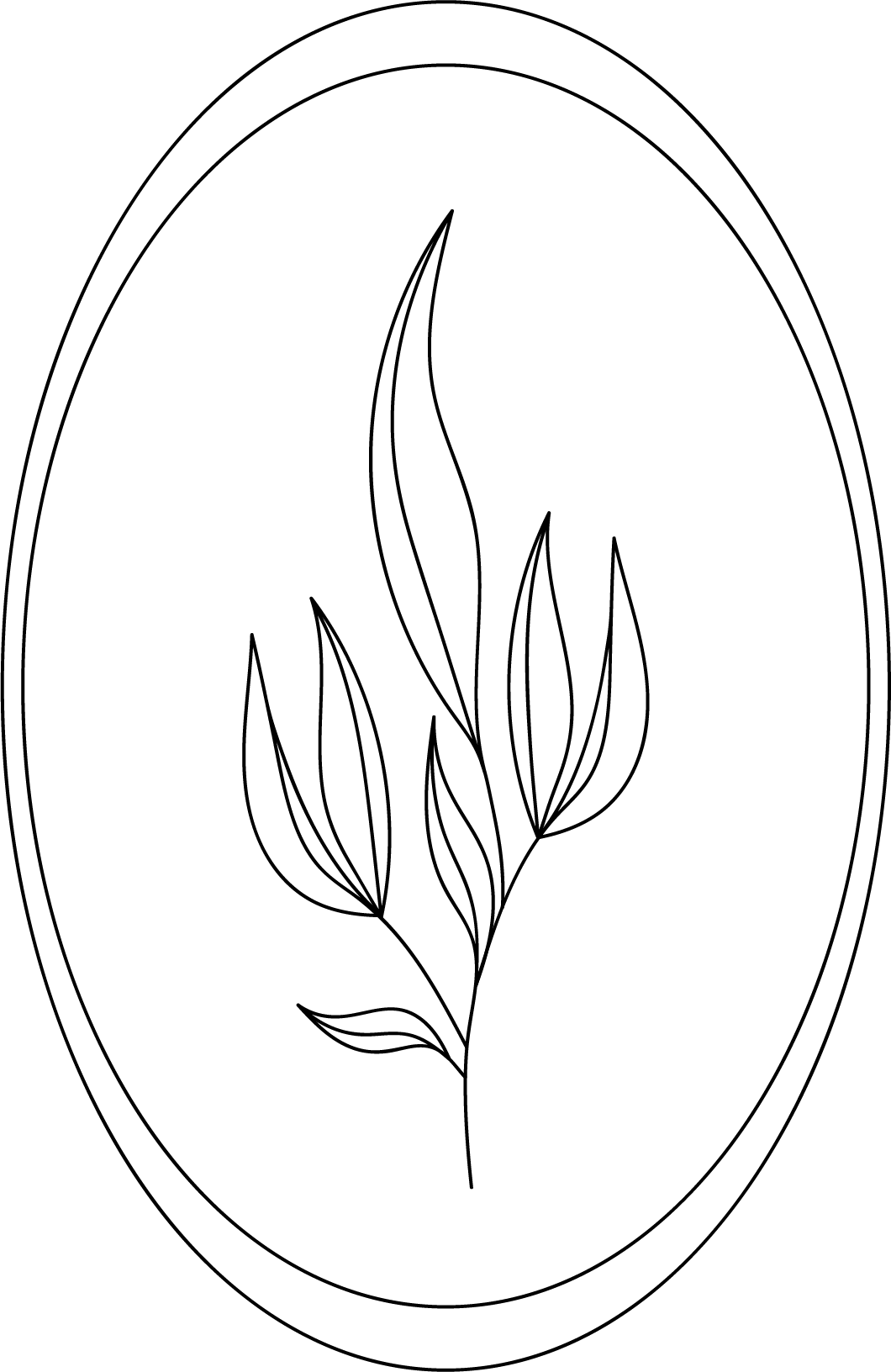How To Manage & Prevent Migraines
If you’ve ever dealt with migraines, you’re not alone, migraines are ranked the 3rd most prevalent disorder worldwide. They can have a significant negative impact on an individual’s quality of life, mood and ability to work, study and interact.
Migraines are characterised by severe throbbing or pulsing pain (usually on one side) and can last for hours or even days. Women are much more likely to experience migraines compared to men, and this is likely due to the hormonal fluctuations we experience every month (often worst during ovulation & right before menstruation). A genetic component is also believed to be present as often migraine sufferers will have family members who also experience frequent migraines.
Often, there’s no quick fix for migraines and individuals will require a multidisciplinary, holistic approach to treatment.
TREATMENT
1. Refer to a healthcare practitioner (HCP) and if required refer to a physiotherapist, osteopath, nutritionist and/or acupuncturist
It’s important to first seek out the advice of a GP or other healthcare practitioner to determine if other causative factors are present and to differentiate the migraine from other headache types (including cluster or muscle contraction). Often, the HCP will perform a neurologic examination and ask questions relating to the onset, location, timing, severity, frequency and other characterising qualities of the migraine.
2. Identify triggers & reduce or remove them if possible
Although the pathogenesis of migraines is unknown, there are known triggers.
A great way to identify ‘triggers’ is to keep a diary or journal and note down what occurred before the onset of the migraine for example, “Did the migraine occur after skipping a meal? After a stressful phone call?”.
Typical dietary triggers include dietary amines, MSG, nitrates, aspartame, tyramine, dehydration, certain nutrient deficiencies & alcohol. Often these are found in foods such as chocolate, cheese, alcohol, processed meats, dried fruit and pickled foods. Note, individuals differ on their ‘trigger’ foods and it’s best to consult a nutritionist or dietician to avoid eliminating multiple foods from your diet as this will risk nutritional deficiencies.
Typical lifestyle triggers include stress, skipping meals, hormonal fluctuations, menstruation, certain medications (such as the oral contraceptive pill), poor posture and insufficient sleep.
Typical environmental triggers include bright lights, loud noise, certain odours (such as strong perfumes) and weather changes.
3. Manage blood sugar levels
Consuming a balanced macronutrient meal (protein, carbohydrates and fats), snacking on protein-rich foods (hummus and vegetables, boiled eggs, unsweetened Greek yoghurt, nuts) and low GI carbohydrates (think brown, wholegrain, etc over white or refined carbohydrates) will help regulate blood sugar levels. Often going too long without food or consuming foods that are too high in carbohydrates (especially refined) will cause blood sugars to ‘crash’. And in some individuals, low blood sugar will result in headaches/migraines, irritability and dizziness.
4. Reduce Stress
Reducing stress sounds easier said than done but small changes in your daily routine can make a big impact. Small changes to incorporate include adding gentle movement in your day (see #6 below), reducing stimulant intake (coffee, carbonated drinks, matcha) and replacing scrolling through Instagram with more family time, reading fiction & colouring.
5. Increase dietary consumption of:
Magnesium. Magnesium is involved in over 300 biochemical reactions and its roles include, reducing inflammation, muscle relaxation and stress reduction. Foods rich in magnesium include almonds, seeds, dark leafy greens, oatmeal & seeds.
Vitamin E (may help if it’s associated with PMS). Foods rich in vitamin E include nuts, seeds, green leafy vegetables and vegetable oils.
Riboflavin (vitamin B2). Riboflavin modulates serotonin production. Foods rich in vitamin B2 are dairy, dark leafy greens and eggs.
Omega-3-rich foods. These reduce inflammation which is believed to worsen migraines. Foods rich in omega-3 include oily fish, nuts, seeds and plant oils (such as flaxseed)
6. Consider taking up a yoga or tai chi
Yoga and taichi are movement-based mind-body practise and have been shown to reduce the duration, severity and frequency of migraines. They help to downregulate the sympathetic nervous system, reduce anxiety, relax muscles and improve mind-body connection.
7. Aromatherapy
Inhaling lavender oil has been shown to reduce the severity of migraines whilst peppermint oil has been shown to prevent migraines from occurring. Thursday Plantation has both lavender and peppermint roll-ons that can be used over the forehead or under the nose (available in pharmacies or health food stores).
8. Consider acupuncture
Acupuncture is a technique based on traditional Chinese medicine and involves inserting fine needles into specific ‘meridians’ or points in the body. It has been shown in scientific; literature to reduce the severity and frequency of headaches and has been comparable in its effectiveness to pharmaceutical drugs. If you’re based in Sydney, see my list of recommended acupuncturists.
If you would like further assistance in managing your symptoms, reach out for a consult here and/or send me an email at judy.c.nutrition@gmail.com
REFERENCES
Clinch, R. (2001). Evaluation of acute headaches in adults. American Family Physician, 15(63), 685-693.
Linde, K., Allais, G., Brinkhaus, B., Manheimer, E., Vickers, A., & White, A. (2009). Acupuncture for migraine prophylaxis. Cochrane Database Of Systematic Reviews, 21(1), 1-15. doi: 10.1002/14651858.cd001218.pub2
Migraine Prevention - How Holistic Medicine can relieve Migraines. (2020). Retrieved 23 September 2020, from https://www.sydneygp.com.au/migraine-prevention-how-holistic-medicine-can-relieve-migraines/
